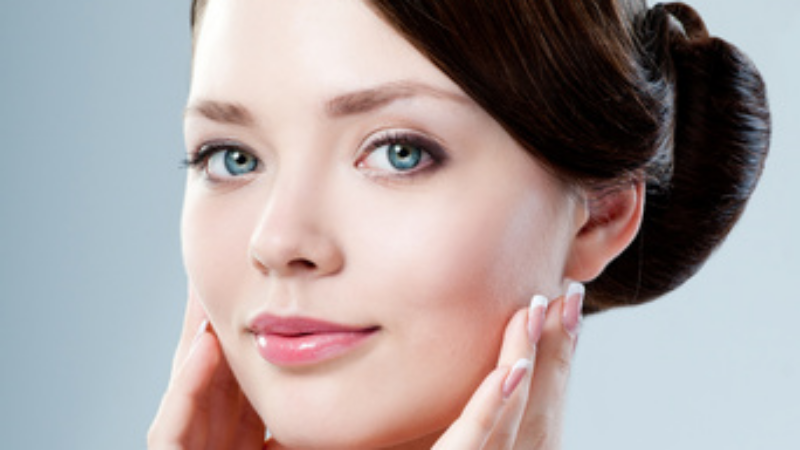 Whether you are concerned about melasma, freckles or other skin discolorations, you’ve probably investigated treatment options containing a range of ingredients including hydroquinone, vitamin c, retinol, botanical skin lighteners or kojic acid. You may have also opted for cosmetic procedures including peels or laser therapy. Treatment results can vary, depending on the severity as well as individual response.
Whether you are concerned about melasma, freckles or other skin discolorations, you’ve probably investigated treatment options containing a range of ingredients including hydroquinone, vitamin c, retinol, botanical skin lighteners or kojic acid. You may have also opted for cosmetic procedures including peels or laser therapy. Treatment results can vary, depending on the severity as well as individual response.
Today’s post explores the efficacy of kojic acid on treating skin discoloration.
What is Kojic Acid?
Kojic acid is an ingredient derived from fungus. It is formed as a by product of the fermentation process of rice used in the manufacture of sake, a Japanese rice wine. Kojic acid has been shown to inhibit the formation of pigment in plant and animal tissue by blocking an enzyme important in the skin’s pigment, melanin. It also possesses antioxidant, antibacterial and antifungal properties, making it useful in food and cosmetic preservation.
In the cosmetics industry, kojic acid is most widely used to lighten skin as a treatment for melasma. It’s efficacy is supported by a range of clinical studies, especially when combined with glycolic acid. It is thought to be a safer alternative to hydroquinone, especially in European countries (where hydroquinone is banned).
Is Kojic Acid Safe?
When used at low concentrations (1% or less), kojic acid appears to be safe. There is some conflicting evidence regarding its carcinogenicity (cancer causing properties). And, there have been reports of skin sensitivity and sensitization in some individuals.
Given the evidence to support its effectiveness, kojic acid is an ingredient that should be considered as any part of a skin lightening program.
Two products to consider include:
- La Roche Posay Mela D – Kojic acid plus lipo hydroxy acid (light exfoliant) help to remove spots and lighten skin, while SPF 15 protects against further development of pigmentation
- La Roche Posay Mela D Bright – Kojic acid along with the skin brightening properties of Vitamin C help to lighten pigmentation and brown spots.



